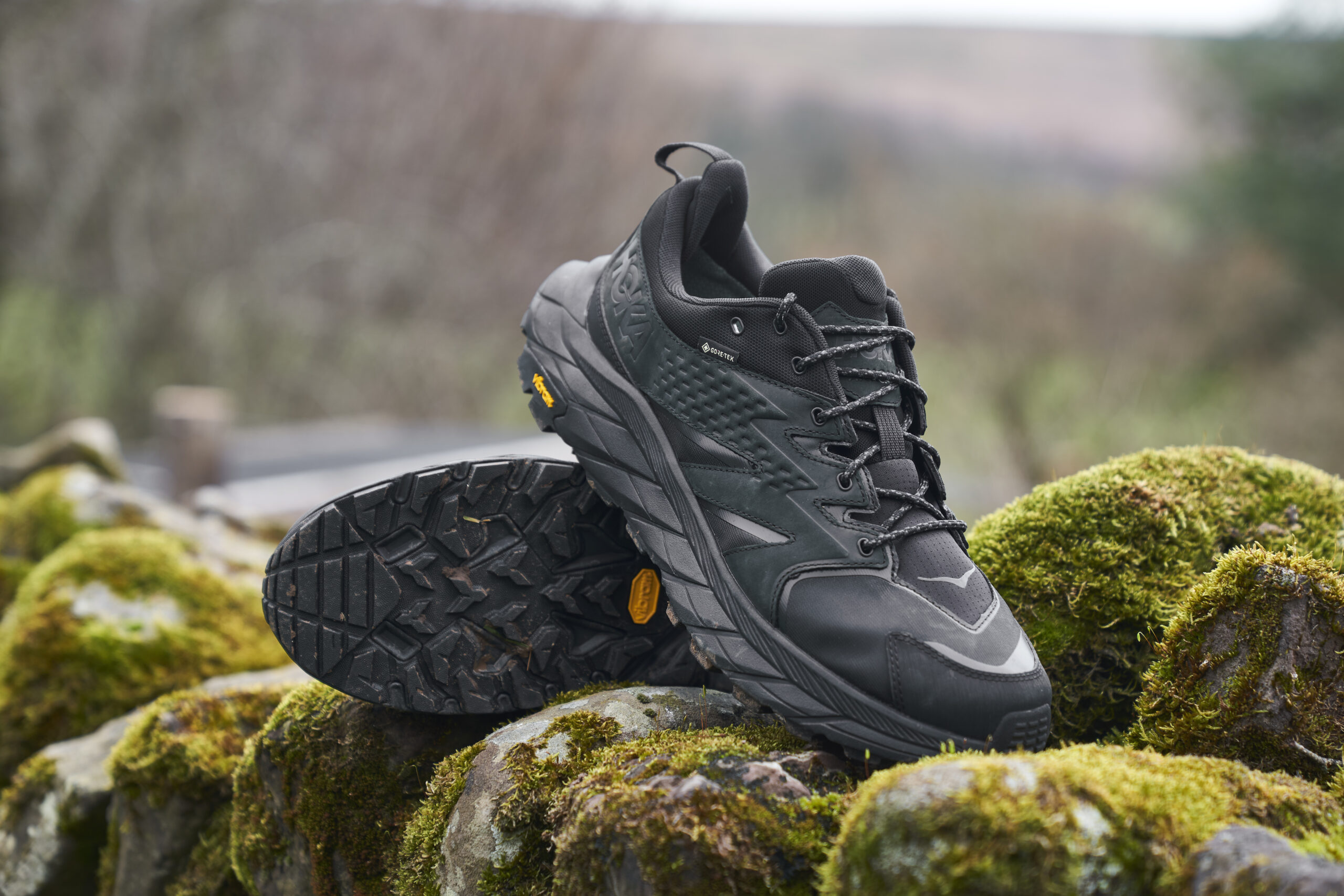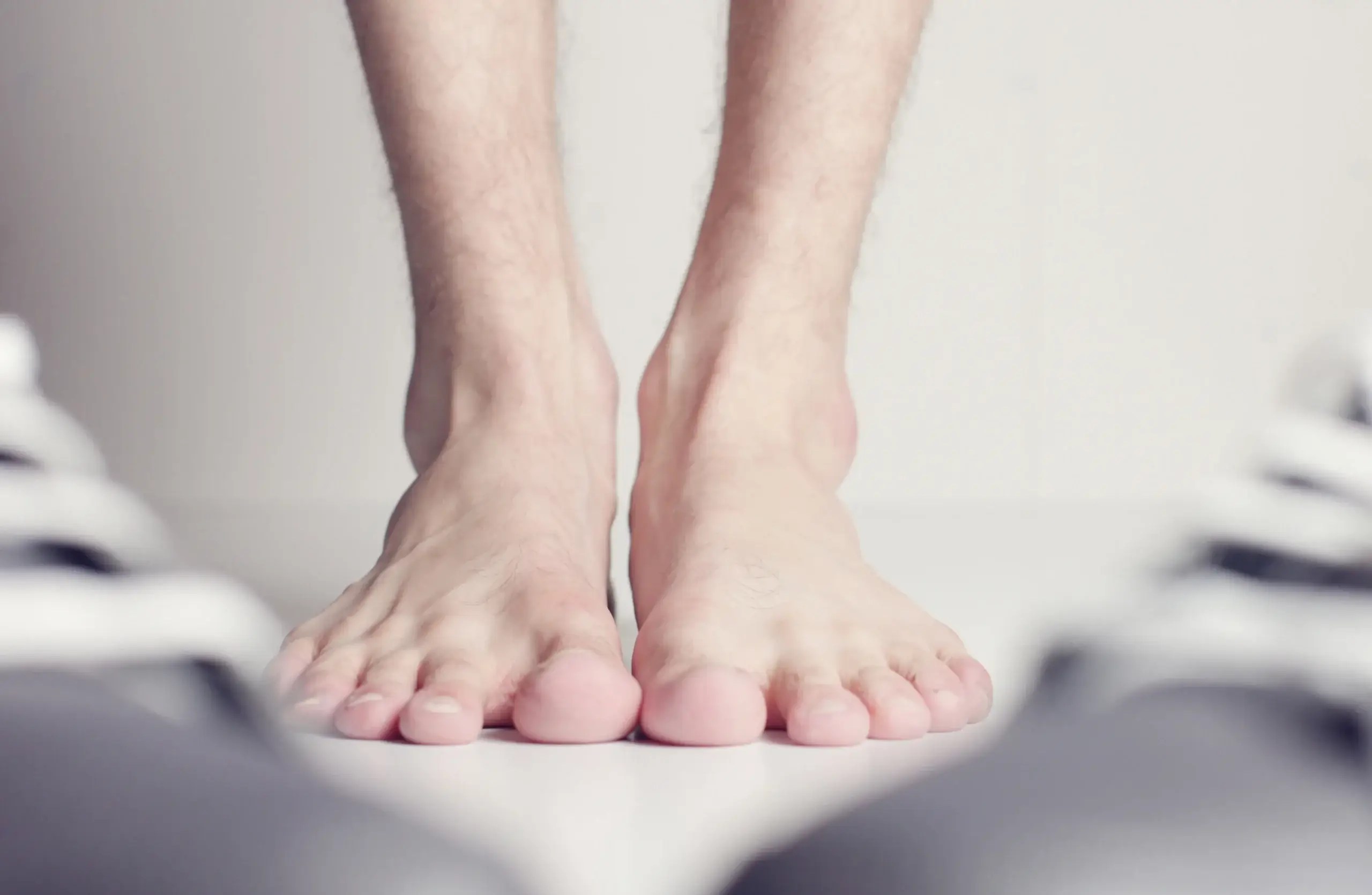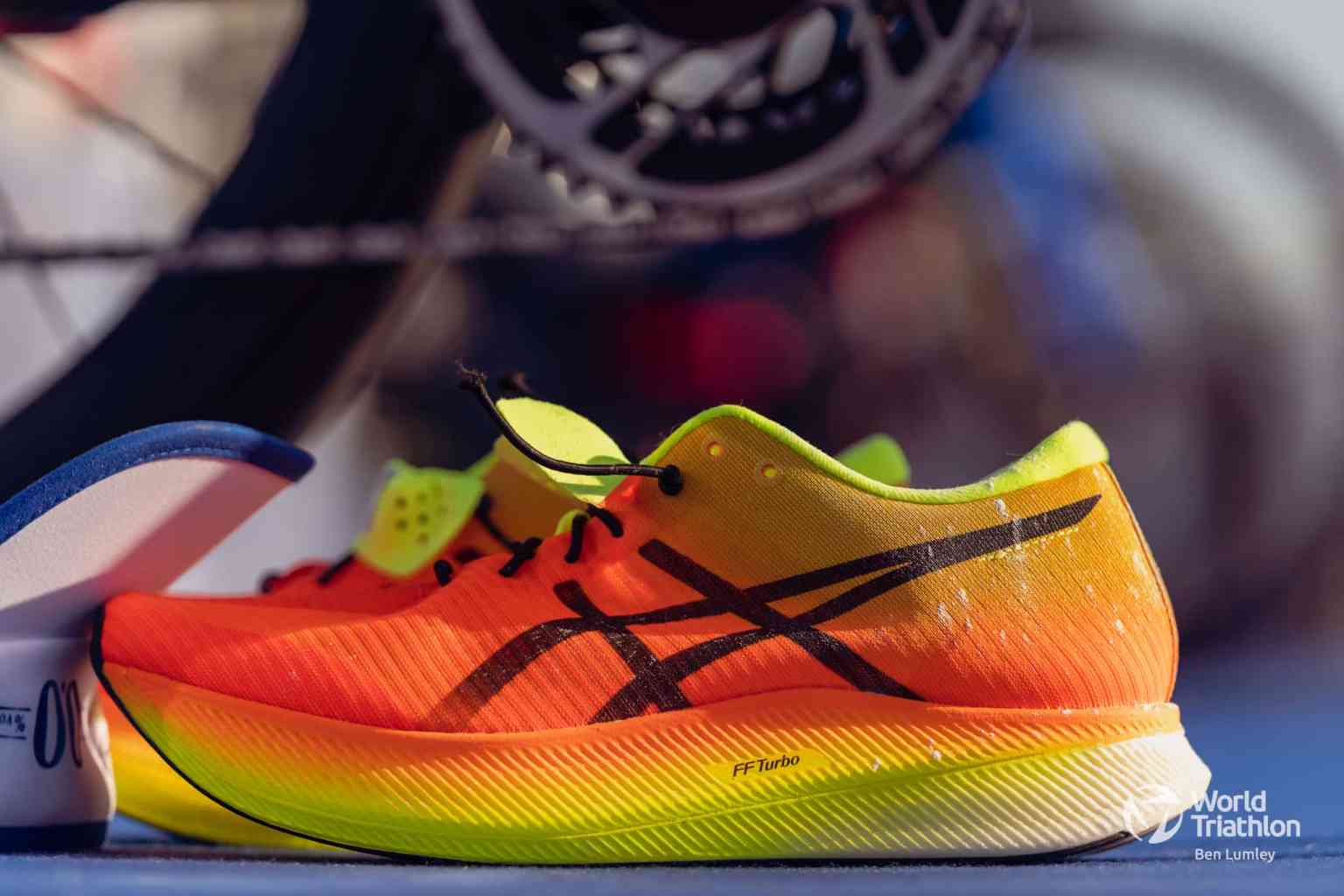Now Reading: Top Hiking Shoes for Enhanced Performance and Comfort
-
01
Top Hiking Shoes for Enhanced Performance and Comfort
Top Hiking Shoes for Enhanced Performance and Comfort
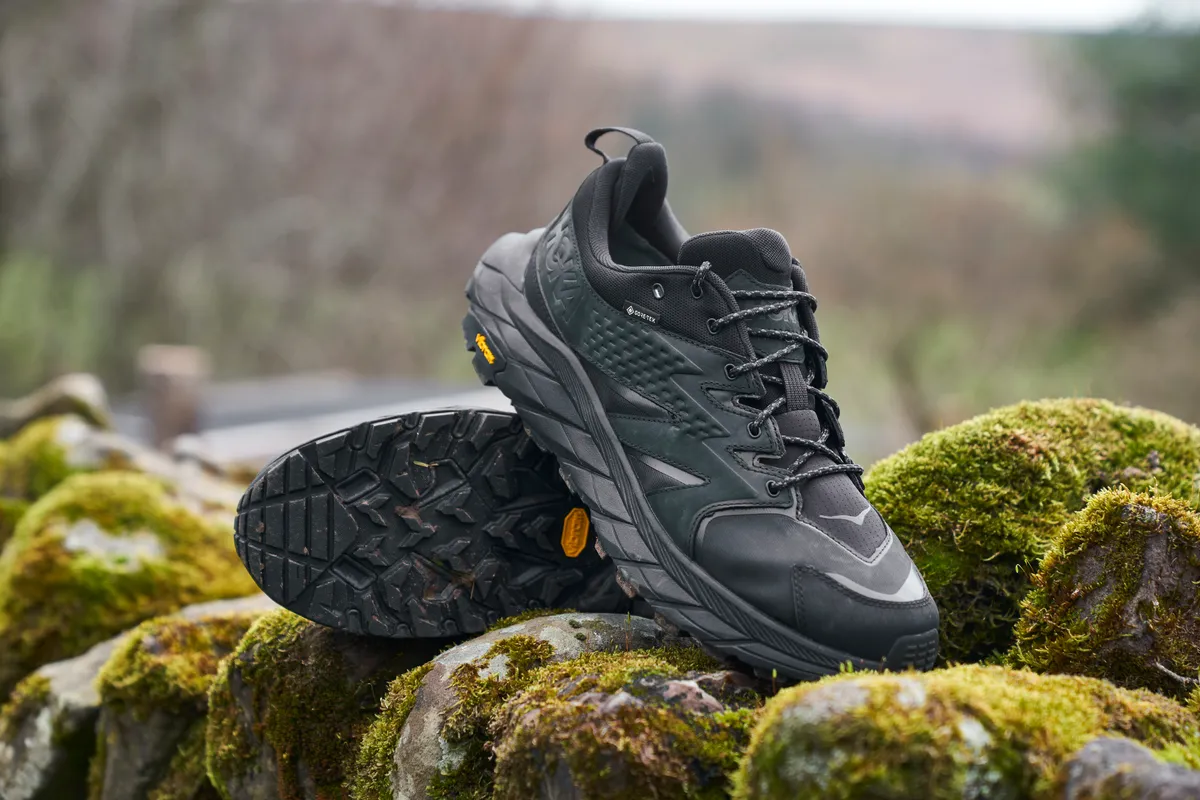
Are you an avid hiker looking for the best footwear to enhance your performance and comfort on the trails? Look no further! In this blog post, we will be discussing the top hiking shoes in the market that have been specifically designed for this challenging activity. Hiking shoes are an essential part of any hiker’s gear, providing the necessary support and protection for your feet. With so many options available, it can be overwhelming to choose the right one for your needs. But don’t worry, we’ve got you covered. Read on to discover the best hiking shoes that will take your outdoor adventures to the next level.
Essential Features to Look for in Hiking Footwear
Before delving into the specific hiking shoe options, let’s first understand the essential features to look out for when shopping for hiking footwear. These features play a crucial role in enhancing your performance and comfort on the trails.
Breathability and Water Resistance
Breathability is a vital factor to consider when choosing hiking shoes as it allows heat and moisture to escape, keeping your feet dry and cool. Look for shoes with breathable materials such as mesh or Gore-Tex lining. On the other hand, water resistance is equally important, especially if you plan on hiking in wet conditions or crossing streams. A waterproof membrane, such as Gore-Tex, can provide excellent water resistance while still maintaining breathability.
Traction and Grip
Hiking often involves navigating through various terrains, from rocky trails to slippery slopes. Therefore, traction and grip are crucial features to consider. Look for shoes with deep, multidirectional lugs on the sole, providing a firm grip on different surfaces. Additionally, some hiking shoes come with specialized rubber compounds, such as Vibram, which offer superior traction on wet and slick surfaces.
Stability and Support
Stability and support are essential for preventing injuries and providing comfort on long hikes. Look for shoes with a sturdy construction, such as reinforced toe caps and heel counters, to keep your feet stable and supported. Additionally, a midsole made of EVA foam or polyurethane can provide cushioning and shock absorption, reducing strain on your feet and joints.
Navigating Diverse Terrains: Choosing the Right Hiking Shoes
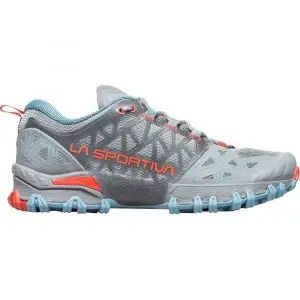
Hiking trails can vary significantly in terms of terrain and difficulty levels. Therefore, it’s essential to choose the right hiking shoes that will provide the necessary support and protection for your specific needs. Here are some popular hiking shoe categories and their ideal terrain:
Day Hiking Shoes
Day hiking shoes are designed for shorter hikes and have a low-cut design, providing maximum mobility and breathability. They are best suited for well-maintained trails and moderate terrains. These shoes often have a flexible sole, making them comfortable for walking on uneven surfaces. Some popular day hiking shoes include the Salomon X Ultra 3 GTX and the Merrell Moab 2 Waterproof.
Salomon X Ultra 3 GTX
The Salomon X Ultra 3 GTX is an excellent choice for day hikers looking for a lightweight and breathable option. It features a Gore-Tex lining, providing water resistance and breathability, and a Contagrip sole for superior traction. The shoe also has a high-cut ankle collar for added stability and support.
| Pros | Cons |
|---|---|
| Lightweight and breathable | Not suitable for rough terrain |
| Water-resistant Gore-Tex lining | Limited color options |
| High-cut ankle collar for stability |
Merrell Moab 2 Waterproof
The Merrell Moab 2 Waterproof is another popular option for day hikers. It boasts a waterproof membrane, a Vibram sole for excellent grip, and a reinforced toe cap for protection. The shoe also has a Kinetic Fit Base insole for added comfort and support.
| Pros | Cons |
|---|---|
| Waterproof membrane | Toe box may be too narrow for some |
| Vibram sole for superior traction | Limited color options |
| Kinetic Fit Base insole |
Backpacking Shoes
Backpacking shoes are designed for more extended and more challenging hikes, carrying heavier loads. They typically have a higher cut for ankle support and a sturdier construction for stability and protection. These shoes are best suited for rougher terrains and uneven trails. Popular backpacking shoe options include the Salomon Quest 4D 3 GTX and the Lowa Renegade GTX Mid.
Salomon Quest 4D 3 GTX
The Salomon Quest 4D 3 GTX is a top-performing backpacking shoe that provides excellent stability and support on rugged terrains. It features a Gore-Tex lining, an aggressive Contagrip sole, and a protective toe cap for durability. The shoe also has a 4D Advanced Chassis midsole for stability and shock absorption.
| Pros | Cons |
|---|---|
| Sturdy construction for stability | Heavier than other hiking shoes |
| Gore-Tex lining for water resistance | Limited color options |
| Contagrip sole for traction |
Lowa Renegade GTX Mid
The Lowa Renegade GTX Mid is another popular choice among backpackers, offering superior stability and support on long hikes. It boasts a Gore-Tex lining, a Vibram sole, and a Monowrap frame for added stability. The shoe also has a Climate Control footbed for breathability and cushioning.
| Pros | Cons |
|---|---|
| Gore-Tex lining for water resistance | Not suitable for those with wide feet |
| Vibram sole for grip | Limited color options |
| Monowrap frame for stability |
Unveiling the Key Differences: Hiking Shoes vs. Running Shoes
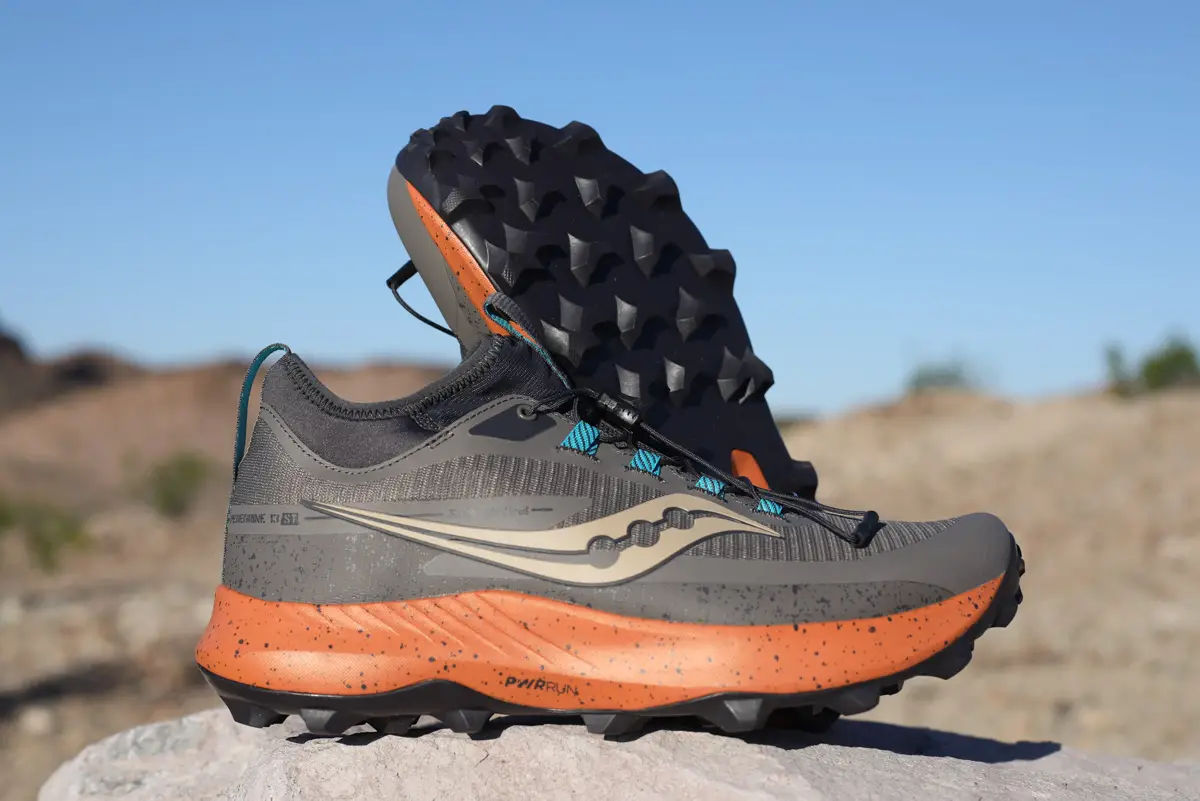
It’s essential to understand the key differences between hiking shoes and running shoes to ensure you choose the right footwear for your outdoor activities. While both types of shoes may seem similar, they are designed for different purposes and terrains. Here are some key differences between the two:
Construction and Materials
Hiking shoes are designed with a sturdier construction than running shoes, as they need to withstand rough terrains and protect your feet from sharp objects. They often have reinforced toes and heels, as well as thicker soles for added stability and support. On the other hand, running shoes are lightweight and more flexible, with thinner soles for better ground feel.
Traction
As mentioned earlier, hiking shoes have deep, multidirectional lugs on their soles, providing excellent traction on various terrains. These lugs are designed to grip onto rocks, mud, and other uneven surfaces. Running shoes, on the other hand, have shallow lugs that provide minimal traction, as they are mainly used on flat surfaces.
Support and Stability
Hiking shoes are designed with ankle support and stability in mind, as they need to protect your feet on uneven and rugged terrains. Therefore, they often have a higher cut, with features such as reinforced heel counters and midsoles. Running shoes, on the other hand, are lower cut and offer minimal support, as they are primarily used on flat and even surfaces.
Unlocking Stability and Support: Hiking Shoes for Rugged Trails
Hiking trails can be unpredictable and challenging, with rugged terrains and steep inclines. Therefore, it’s crucial to have the right hiking shoes that will provide the necessary stability and support to conquer these types of trails. Here are some top picks for hiking shoes designed for rugged terrains:
Salomon XA Pro 3D GTX
The Salomon XA Pro 3D GTX is a versatile and durable hiking shoe with features specifically designed for rugged trails. It boasts a Gore-Tex lining, a Contragrip sole, and a Quicklace system for a secure fit. The shoe also has a 3D Advanced Chassis midsole for stability and shock absorption.
| Pros | Cons |
|---|---|
| Versatile and durable | Can be narrow for those with wide feet |
| Gore-Tex lining for water resistance | Limited color options |
| Contragrip sole for traction |
La Sportiva TX4 Mid GTX
The La Sportiva TX4 Mid GTX is another excellent option for rugged trails, providing superior support and protection. It features a Gore-Tex lining, a Vibram Mega-Grip sole, and a 3D Flex ankle system for added mobility. The shoe also has a STB Control System for stability and cushioning.
| Pros | Cons |
|---|---|
| Gore-Tex lining for water resistance | May take some time to break in |
| Vibram Mega-Grip sole for traction | Limited color options |
| 3D Flex ankle system for mobility |
Durability and Protection: Enduring the Rigors of Hiking
Hiking can be harsh on shoes, with rough terrains and unpredictable weather conditions. Therefore, it’s essential to choose hiking shoes that are durable and provide adequate protection for your feet. Here are some top picks for durable and protective hiking shoes:
Keen Targhee III Waterproof Hiking Shoes
The Keen Targhee III Waterproof Hiking Shoes are a popular choice for their durability and protection. They feature a waterproof membrane, a rubber toe cap, and a torsion-stabilizing shank for added support. The shoe also has an EVA midsole and a removable metatomical footbed for cushioning and comfort.
| Pros | Cons |
|---|---|
| Waterproof membrane | Limited color options |
| Torsion-stabilizing shank for support | May feel bulky to some |
| Removable metatomical footbed |
Adidas Terrex Free Hiker GTX
The Adidas Terrex Free Hiker GTX is a top-performing hiking shoe designed to withstand the rigors of hiking. It boasts a Gore-Tex lining, a Continental rubber outsole, and a sock-like construction for a snug fit. The shoe also has a Boost midsole for cushioning and energy return.
| Pros | Cons |
|---|---|
| Gore-Tex lining for water resistance | Limited color options |
| Continental rubber outsole for grip | May run narrow for those with wide feet |
| Boost midsole for cushioning |
Finding the Perfect Fit: Ensuring Optimal Comfort and Performance
Finding the perfect fit for your hiking shoes is crucial for optimal comfort and performance on the trails. Here are some tips to help you find the right fit:
- Measure your feet before buying hiking shoes as they can change in size and shape over time.
- Try on shoes at the end of the day when your feet are at their largest.
- Wear the type of socks you plan on wearing while hiking.
- Walk around in the shoes for a few minutes to ensure they are comfortable and provide adequate support.
- Make sure there is enough room in the toe box to wiggle your toes.
- Take into consideration any specific foot conditions or needs you may have, such as high arches or wide feet.
Additional Considerations for Tailoring the Hiking Experience
Apart from choosing the right hiking shoes, there are other factors to consider that can enhance your hiking experience. These include:
Investing in Good Socks
While the focus is often on the shoes, good hiking socks are just as important in providing comfort and preventing blisters. Look for socks made of moisture-wicking materials such as merino wool or synthetic blends. Avoid cotton socks as they retain moisture, leading to discomfort and blisters.
Properly Breaking in Your Shoes
It’s crucial to break in your hiking shoes before embarking on a long hike to prevent discomfort and blisters. Wear them around the house or on short walks to help mold them to your feet and identify any areas that may need extra cushioning.
Taking Care of Your Hiking Shoes
Proper care and maintenance can extend the lifespan of your hiking shoes. After each hike, remove any dirt or debris from the shoes and let them air dry. If the shoes are wet, stuff them with newspaper or a towel to help absorb the moisture. Regularly clean and waterproof your hiking shoes to keep them in top condition.
Conclusion
Choosing the right hiking shoes is essential for enhancing performance and comfort on the trails. Consider the terrain and difficulty level of your hikes, as well as the essential features such as breathability, traction, stability, and support. Don’t forget to find the perfect fit and take care of your shoes for optimal durability. With our recommended options and tips, you can now find the best hiking shoes for your specific needs and take your outdoor adventures to new heights.


